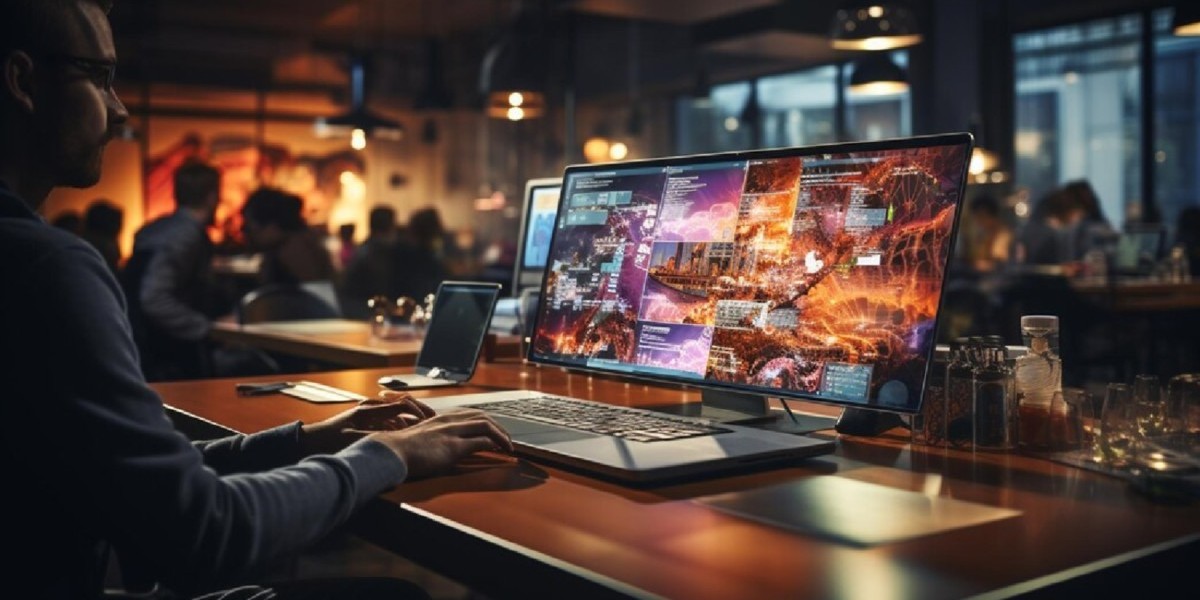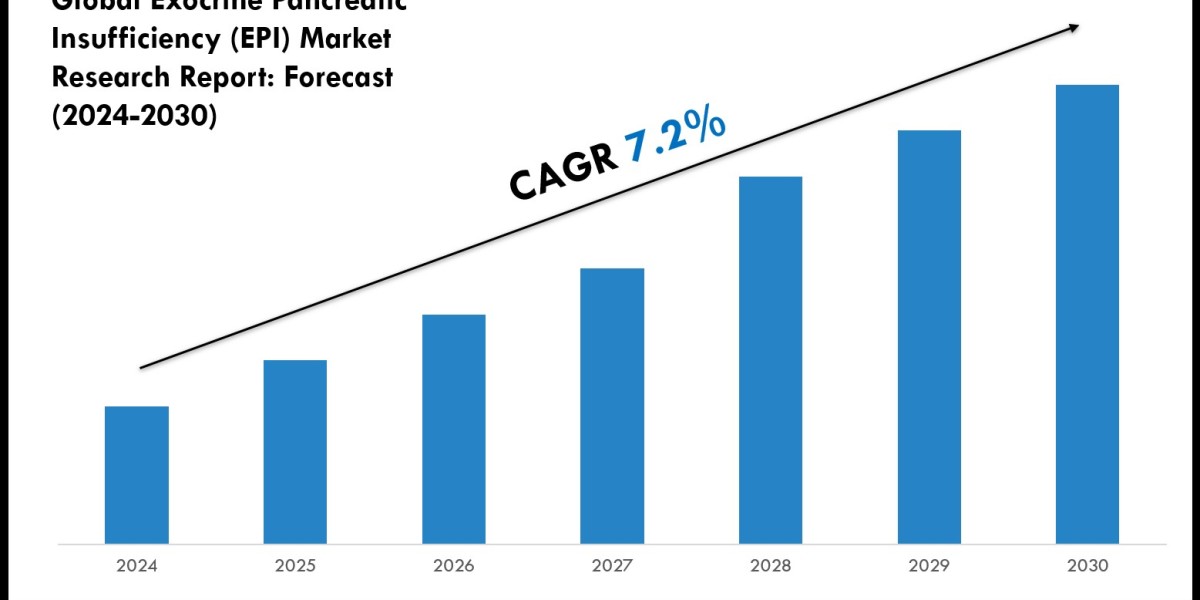In today's fast-paced digital world, brands have only a few seconds to capture their audience's attention. As businesses seek creative ways to stand out, animated logos have emerged as a powerful branding tool. Unlike static logos, animated logos bring visual energy, movement, and storytelling into branding, making them more engaging and memorable. But what makes animated logos effective in 2025? The answer lies in a combination of design innovation, technological advancement, and strategic brand alignment.
The Rise of Animated Logos in Modern Branding
Animated logos are no longer just a novelty. They have become a mainstream branding element for companies of all sizes—from tech startups to fashion brands to educational platforms. As video content continues to dominate social media, websites, and mobile apps, animated logos fit seamlessly into these dynamic environments.
In 2025, animated logos are designed not only for visual appeal but also for emotional engagement and user experience. The animation adds depth to the logo, turning it from a static symbol into a storytelling device that reflects a brand’s personality and values.
Why Animation Works: The Psychology of Motion
Motion naturally draws the human eye. Our brains are wired to pay more attention to things that move. This basic principle explains what makes animated logos effective—they leverage motion to grab attention and direct focus. When designed thoughtfully, animation can evoke emotions, create associations, and leave lasting impressions on the audience.
In branding, this psychological edge is invaluable. An animated logo can transform a simple company name or symbol into an experience that audiences remember long after they've scrolled past it.
Key Characteristics of Effective Animated Logos
So, what exactly makes animated logos successful? Here are some of the core attributes of effective logo animation in 2025:
1. Consistency with Brand Identity
An animated logo should feel like an extension of the brand. The colors, movement style, timing, and sound (if included) should align with the brand’s tone and message. A playful brand might use bouncy, elastic animations, while a luxury brand may favor smooth, elegant transitions.
2. Simplicity and Clarity
Just like static logos, animated logos should be easy to recognize. Overcomplicated animations can confuse viewers or dilute the core identity. The animation should enhance the logo—not distract from it.
3. Purposeful Motion
Every movement should have a reason. Whether it’s revealing a symbol, transforming one shape into another, or simulating a natural process, the animation should feel deliberate and meaningful. Purposeful motion builds trust and conveys professionalism.
4. Platform Optimization
Effective animated logos are designed with cross-platform usage in mind. They should look great on social media intros, YouTube videos, mobile apps, and even presentations. In 2025, brands are increasingly asking for logos that can adapt to different screen sizes and aspect ratios.
The Impact of 3D Logos in Animation
With the rise of advanced rendering tools and motion graphics software, 3D logo animation has become more accessible and popular. A 3D logo adds another layer of realism and sophistication to the brand identity. It can rotate, scale, or morph in a space that feels tangible, creating a more immersive visual experience.
Some key benefits of using 3D logos include:
Depth and Dimension: 3D animation gives logos a life-like feel, making them stand out in digital spaces.
Modern Appeal: In industries like tech, gaming, and entertainment, 3D logos project innovation and forward-thinking.
Increased Memorability: A well-crafted 3D animation can be more memorable than flat designs due to its dynamic presentation.
Brands that want to showcase cutting-edge aesthetics or establish authority in their niche often turn to 3D logo animations to achieve that goal.
Examples of Effective Animated Logos
To understand what makes animated logos effective, it’s helpful to look at real-world examples:
Google: Their loading dots animation is simple, playful, and immediately recognizable. It reflects their brand’s accessibility and innovation.
Netflix: The iconic red “N” flicker animation creates suspense and drama—perfect for a streaming service.
Spotify: The logo pulses like a sound wave, reinforcing its connection to music and audio content.
Each of these animations is minimal but powerful, with motion that supports brand identity and viewer engagement.
How to Create an Effective Animated Logo
Whether you're working with a motion graphics studio or using DIY animation tools, here are some key steps to consider:
Start with a Strong Static Logo
A successful animation begins with a well-designed static logo. Make sure your logo is versatile, clean, and scalable before animating.Choose an Animation Style
Consider 2D vs. 3D logo animation. Think about whether you want kinetic typography, shape morphing, bouncing effects, or reveal animations. The style should reflect your brand's voice.Storyboarding and Scripting
Plan the sequence of actions. Even if the final animation is only 2–5 seconds, having a storyboard helps you map out the visual flow.Test Across Platforms
Preview your animated logo on various screens and in different settings (e.g., dark mode, mobile, desktop). It should be legible and engaging everywhere.Keep File Sizes in Check
Export lightweight versions for web use (like GIFs or MP4s) and higher-quality versions for video intros or presentations.
Why Animated Logos Matter More Than Ever in 2025
In a digital-first era, branding must be agile, interactive, and emotionally resonant. Animated logos check all these boxes. They provide a branding touchpoint that’s not only visual but also kinetic and expressive.
Moreover, animated logos are part of the growing trend toward micro-interactions—small but meaningful animations that enhance user experience in apps and websites. Whether it’s a subtle hover effect or a full-blown animated intro, these elements are critical in shaping how users perceive and remember a brand.
Final Thoughts
In 2025, businesses must go beyond static visuals to compete in saturated digital spaces. Understanding what makes animated logos effective is essential for brands that want to make a lasting impact. Through the use of purposeful motion, brand consistency, and sometimes 3D logo technology, animated logos become more than just design—they become an experience.
Whether you're refreshing your branding or launching a new venture, investing in an animated logo is one of the smartest visual strategies to elevate your brand presence and connect with modern audiences.













